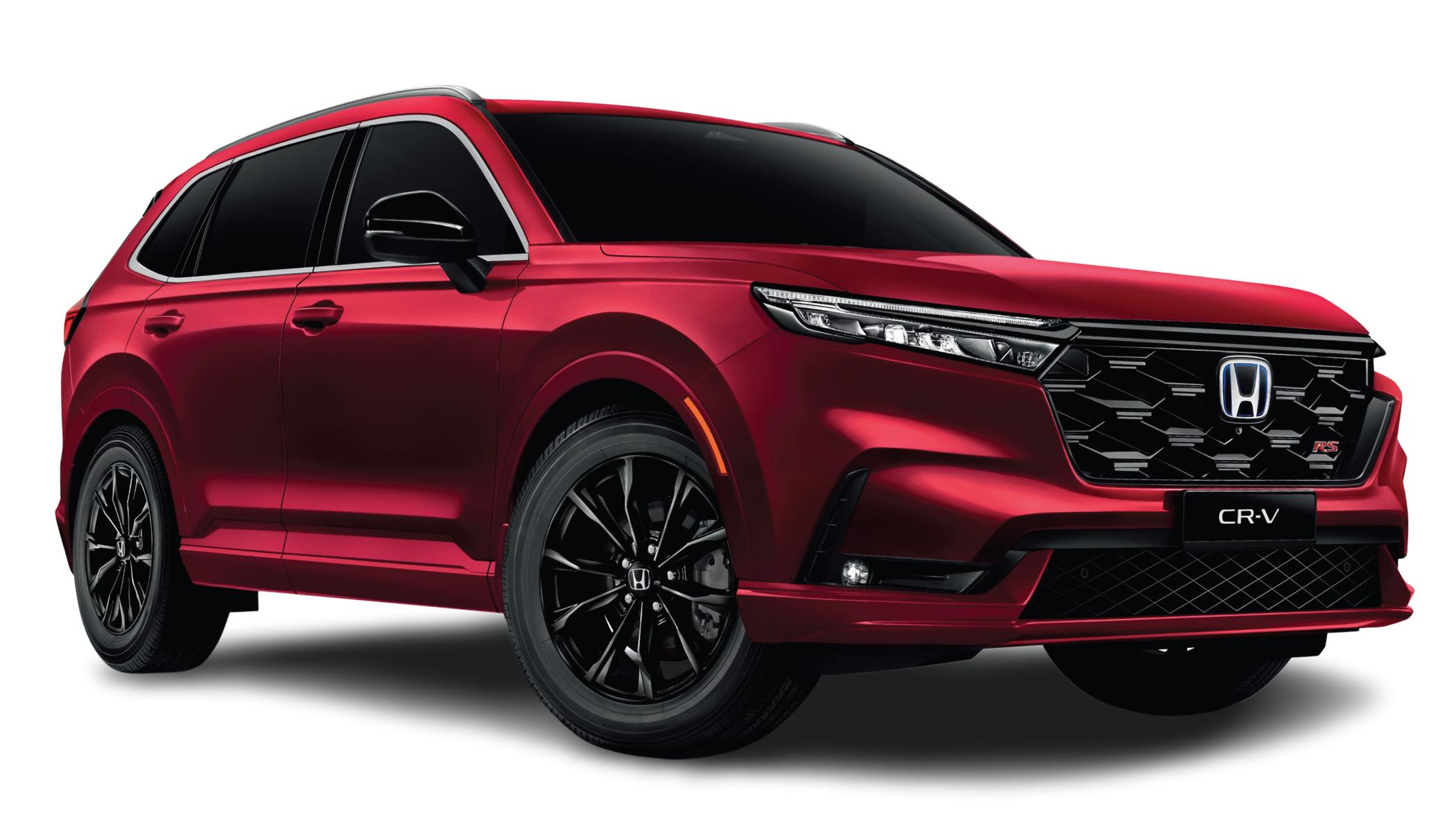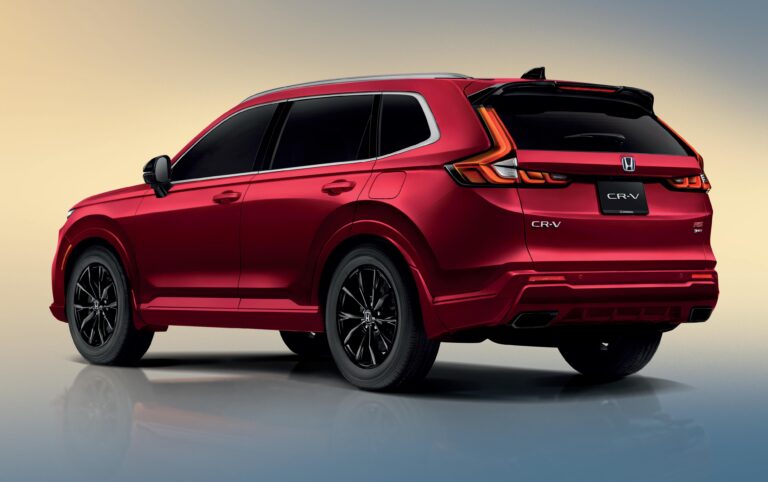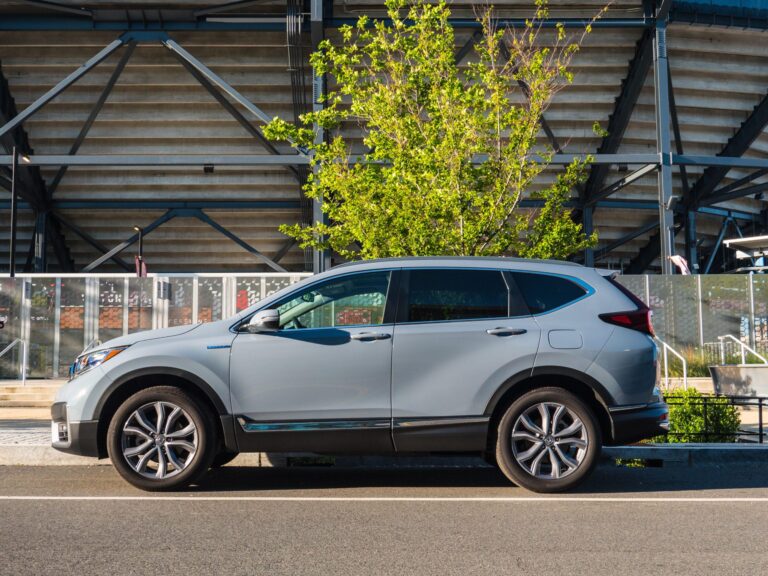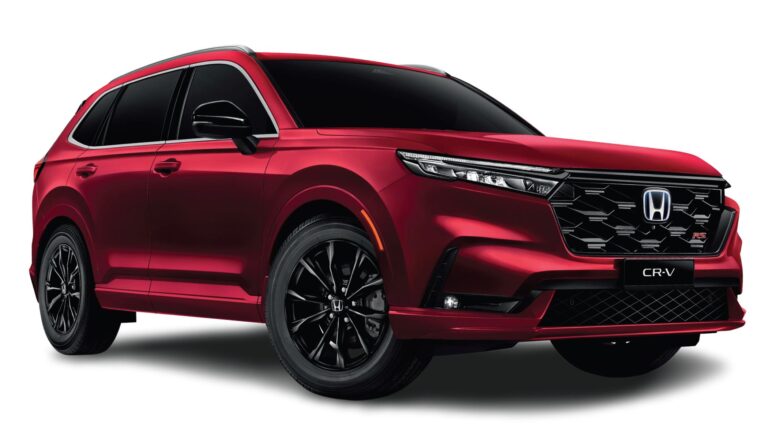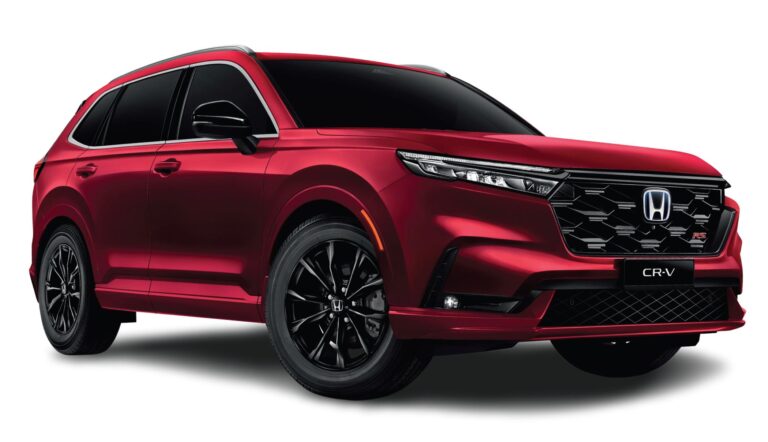Honda CR-V acceleration
When it comes to choosing the perfect compact SUV, acceleration might not be the first thing that springs to mind. Yet, for many drivers, it’s a critical factor that can make or break the driving experience. Enter the Honda CR-V, a vehicle that expertly balances spaciousness, comfort, and performance. As one of the most popular SUVs on the market, the CR-V has garnered attention not just for its reliability and versatility, but also for its ability to deliver a satisfying burst of speed when the situation calls for it. In this article, we will dive into the nuances of the Honda CR-V’s acceleration capabilities, exploring what sets it apart from the competition and how it meets the demands of modern driving. Whether you’re navigating city streets or embarking on a weekend getaway, understanding the acceleration profile of the CR-V can help you appreciate this well-rounded SUV even more. Join us as we explore the dynamics of Honda’s engineering and performance that make the CR-V a compelling choice for drivers seeking both practicality and excitement on the road.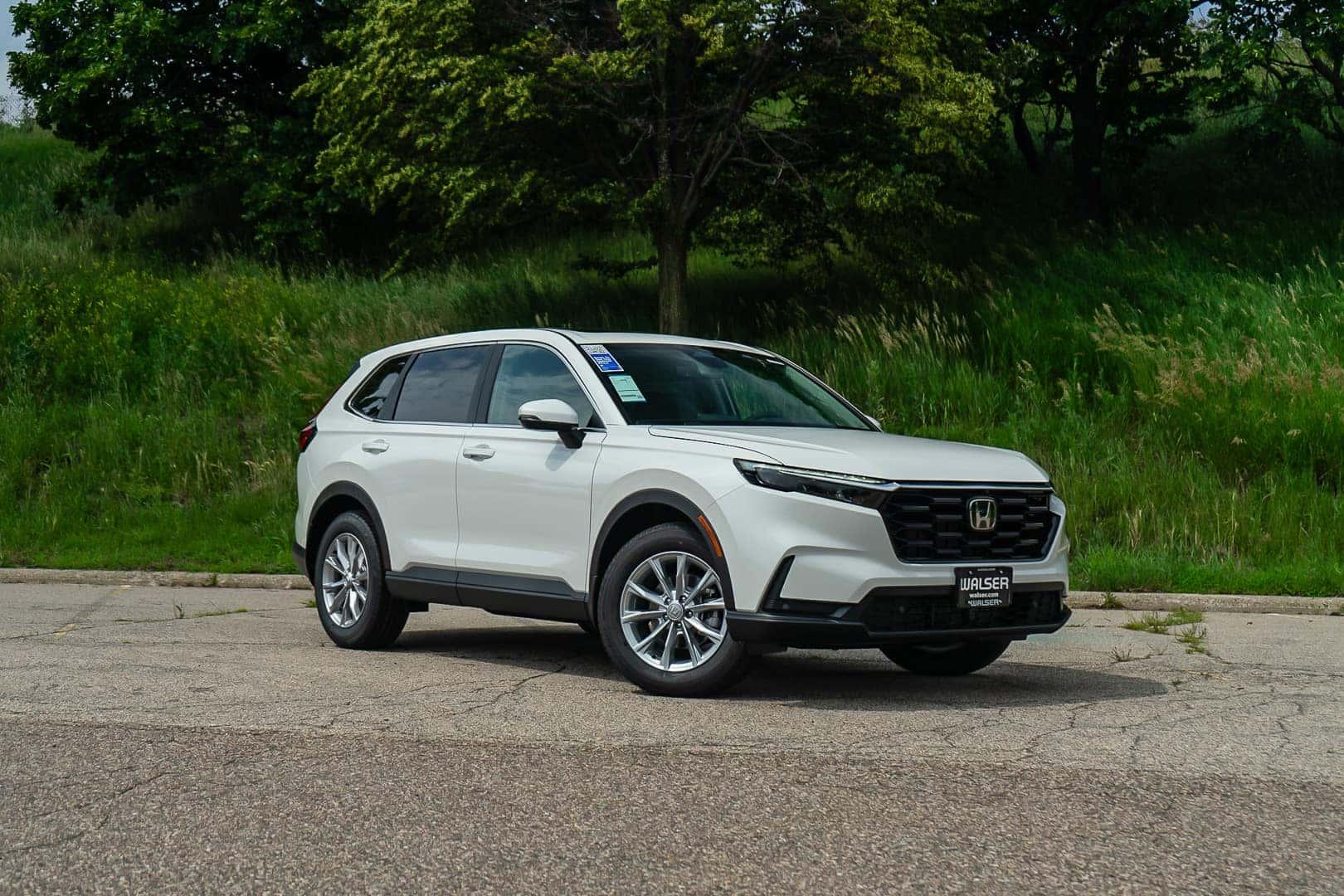
Understanding the Acceleration Dynamics of the Honda CR-V
The Honda CR-V’s acceleration performance is a fine blend of engineering and user-focused design, ensuring that drivers experience a potent and smooth drive. At the core of its dynamic acceleration is the vehicle’s efficient engine technology, which varies depending on the model year and trim level.with options ranging from a simple, reliable 2.4-liter four-cylinder to a robust 1.5-liter turbocharged engine,the CR-V caters to diverse driving preferences. This versatility allows the CR-V to deliver not only power but also extraordinary fuel efficiency, enhancing its practicality as a family SUV.
Acceleration dynamics can be further understood through the integration of advanced transmission systems and adaptive driving technologies. The continuously variable transmission (CVT) smooths out gear transitions, providing seamless acceleration without the jarring shifts often found in conventional automatic systems. Coupled with available all-wheel drive, the CR-V is designed to maintain traction and responsiveness across varying terrains.Key features that contribute to its acceleration prowess include:
- Turbocharged Engine: Enhances torque for quicker acceleration.
- Drive Mode Select: Offers customizable driving experiences.
- eco Assist System: Helps optimize efficiency without sacrificing performance.
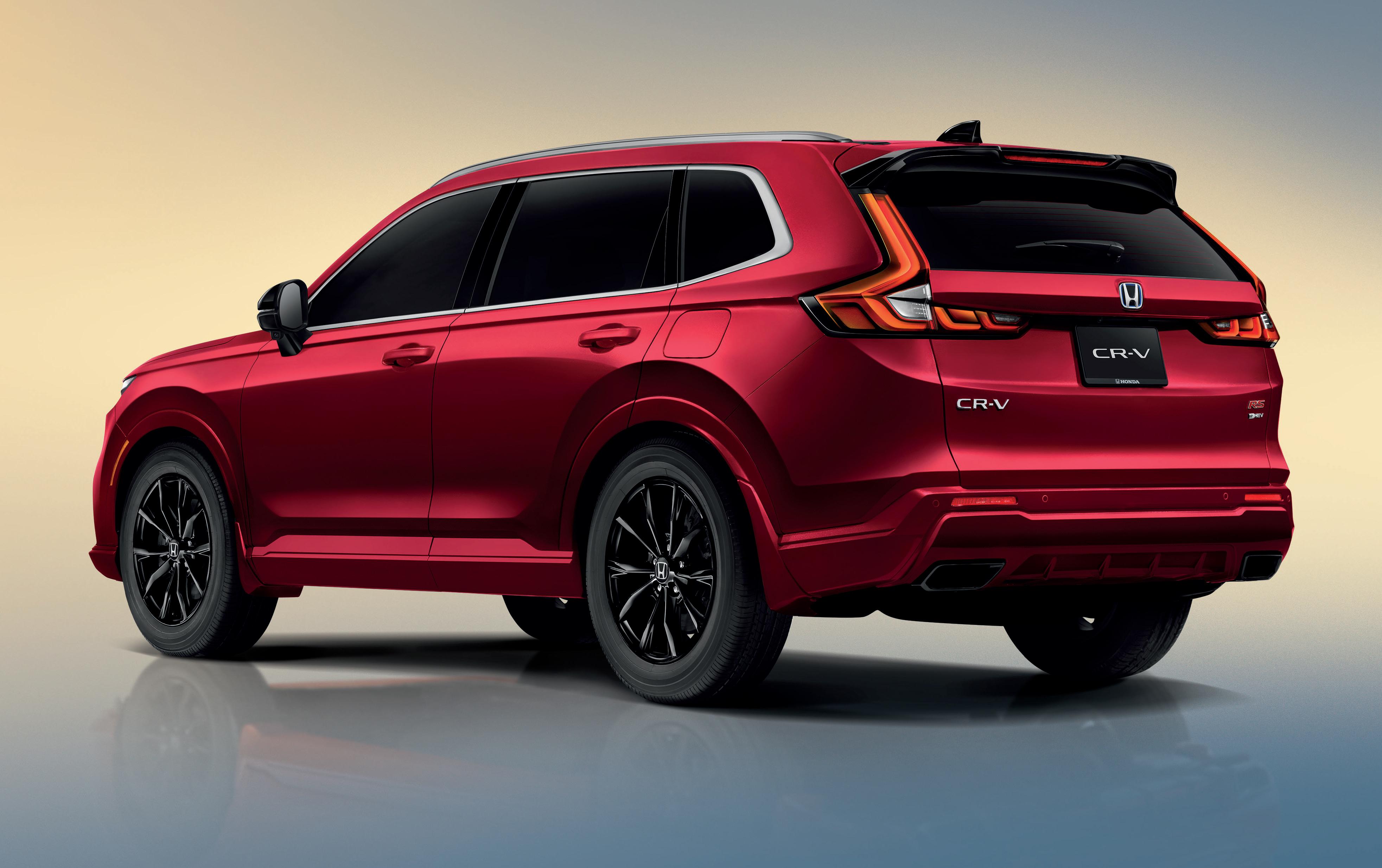
Performance Comparisons: Honda CR-V vs Competitors
When it comes to evaluating the performance of the Honda CR-V against its rivals in the compact SUV segment, several factors come into play. The CR-V’s standard turbocharged engine offers a balance of power and efficiency,frequently enough placing it at the top of the class for acceleration. Competing models like the Toyota RAV4, Mazda CX-5, and Ford Escape each bring their own strengths to the table, but the CR-V’s seamless CVT (Continuously Variable Transmission) allows it to deliver smooth acceleration without the typical lag found in many conventional automatic transmissions. This feature can significantly enhance the driving experience, especially during highway merging and swift stops.
To give you a clearer picture of how the Honda CR-V stacks up against its competitors, here’s a quick comparison of their respective acceleration times and engine specifications:
| Model | Engine Type | Horsepower | 0-60 mph (seconds) |
|---|---|---|---|
| Honda CR-V | 1.5L Turbo I-4 | 190 hp | 7.9 |
| Toyota RAV4 | 2.5L I-4 | 203 hp | 8.1 |
| Mazda CX-5 | 2.5L I-4 | 187 hp | 7.8 |
| Ford Escape | 1.5L Turbo I-3 | 181 hp | 8.2 |
As indicated in the table, while the CR-V offers competitive horsepower, the acceleration times reveal a closely contested performance arena where the CR-V finds itself in the mid-range. The subtle advantages, including engine refinement and responsiveness brought by its turbocharged setup, contribute to its popularity among those who value a blend of practicality and performance. Choosing the right model might ultimately depend on individual preferences regarding driving dynamics and brand loyalty, but the Honda CR-V certainly makes a compelling case.

Enhancing Acceleration: Tips for CR-V Owners
For CR-V owners looking to boost their vehicle’s acceleration, several practical adjustments and practices can make a meaningful difference. Start by performing regular maintenance on your engine and transmission systems. A clean air filter, fresh engine oil, and optimal tire pressure can all enhance performance. Additionally, consider the following tips:
- Upgrade the Exhaust System: A freer-flowing exhaust can increase performance by reducing back pressure.
- Tune-Up: Regular tune-ups can ensure that all components are working efficiently.
- Weight Reduction: removing unneeded items from your CR-V can improve its power-to-weight ratio.
Another way to enhance acceleration is by adopting a more performance-oriented driving technique. Smooth and gradual acceleration, rather than aggressive starts, can definitely help maintain momentum. Here are a few driving tips:
- Utilize the Eco Mode: Some CR-V models come equipped with an Eco mode; utilizing this feature can also improve horsepower efficiency.
- Understand Your Gears: Shifting at optimal RPMs can maximize your vehicle’s engine potential.
- Engine Break-in: Newer CR-Vs benefit from a moderate break-in period that gradually improves acceleration capabilities.

Navigating Acceleration Challenges in Urban and Highway Environments
When it comes to the Honda CR-V, understanding how it handles acceleration in both urban and highway settings is essential for drivers looking for a versatile and dependable vehicle. The CR-V’s engineering offers a robust turbocharged engine that balances power and efficiency, enabling quick responsiveness that is particularly beneficial when navigating heavy traffic. The seamless transition between electric and gasoline power in hybrid variants enhances this experience, allowing for smoother acceleration and reduced emissions. Key features such as:
- Adaptive cruise control for maintaining speed safely.
- Intelligent Variable Torque Management for enhanced stability.
- Eco assist System to optimize fuel efficiency.
On highways, the CR-V truly shines as it delivers remarkable acceleration, making merging onto fast-moving traffic as effortless as possible.With its advanced all-wheel drive capabilities, it provides the confidence needed to navigate challenging terrains without compromising speed. the vehicle’s spacious and well-appointed interior further enhances the driving experience, ensuring a comfortable ride while traveling at higher speeds. Drivers will appreciate the road performance metrics, which reflect the vehicle’s well-calibrated balance of:
| Feature | Feature Benefits |
|---|---|
| Acceleration (0-60 mph) | Approximately 7.5 seconds, offering sporty handling. |
| Fuel Efficiency (Highway) | up to 34 MPG, ensuring fewer stops at the pump. |
| Response time | Quick throttle response enhances driving confidence. |
Wrapping Up
As we tap the brakes on our exploration of the Honda CR-V’s acceleration capabilities, it becomes clear that this compact SUV is more than just a practical vehicle—it’s a blend of performance and comfort that meets the demands of modern driving. Whether cruising through city streets or navigating winding country roads, the CR-V delivers a responsive driving experience that enhances your journey. Its thoughtful engineering ensures that power is paired with efficiency,making it a formidable contender in its class. As you consider your next vehicle, the CR-V stands out not only for its acceleration but for its overall versatility, promising both thrilling drives and smooth rides. the road ahead is filled with potential, and the honda CR-V is ready to take you along for the ride. Safe travels!

